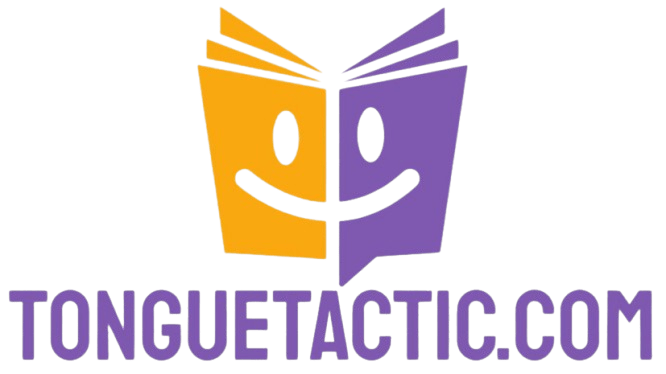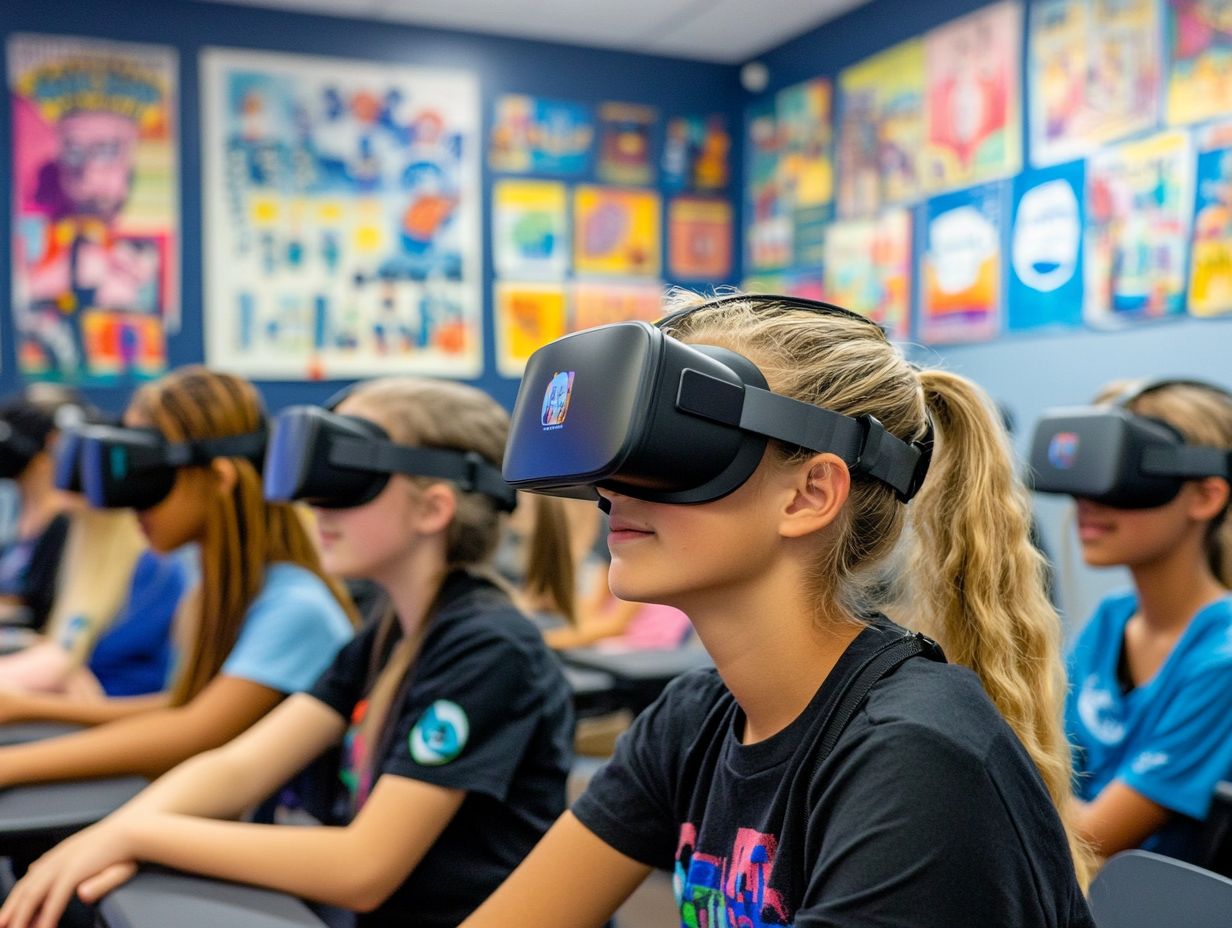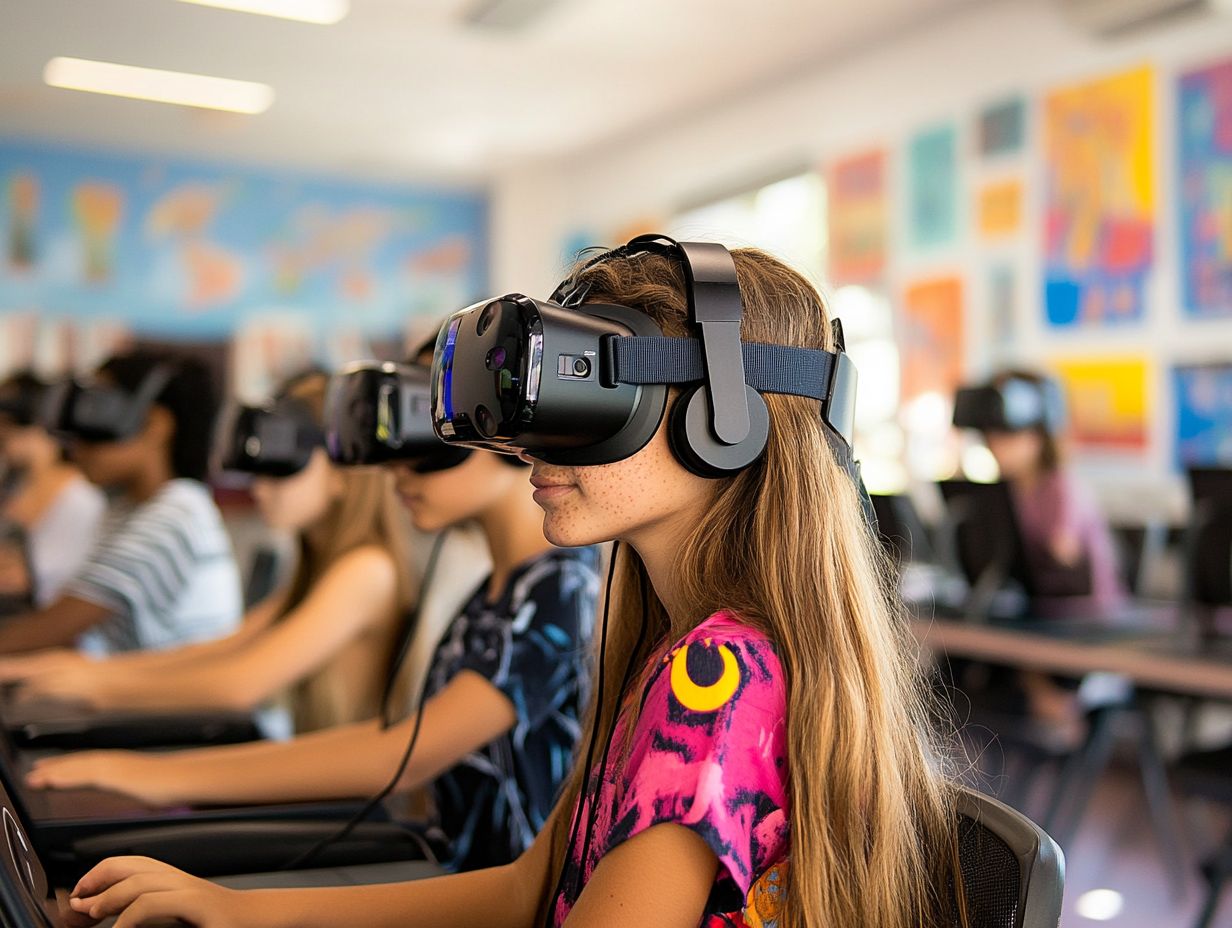the role of immersive technology in language learning
In today s rapidly evolving educational landscape, immersive technology is revolutionizing the way languages are learned.
By crafting engaging environments, tools like virtual reality (VR) and augmented reality (AR) not only elevate student engagement but also enhance retention and real-world application.
This article explores various types of immersive technology in language learning, highlighting best practices and effective implementation strategies.
We ll also discuss the challenges and limitations associated with these innovative tools, providing a balanced perspective on their potential impact on language acquisition.
Dive in now and discover how immersive technology is reshaping language learning!
Contents
- Key Takeaways:
- The Benefits of Immersive Technology in Language Learning
- Types of Immersive Technology Used in Language Learning
- Implementing Immersive Technology in Language Learning
- Challenges of Immersive Technology
- Frequently Asked Questions
- Q1. What is the role of immersive technology in language learning?
- Q2. How does immersive technology enhance language learning?
- Q3. Can immersive technology be used in all language learning settings?
- Q4. Are there any limitations to using immersive technology in language learning?
- Q5. How can teachers incorporate immersive technology into their language lessons?
- Q6. Can immersive technology be used for learning any language?
Key Takeaways:
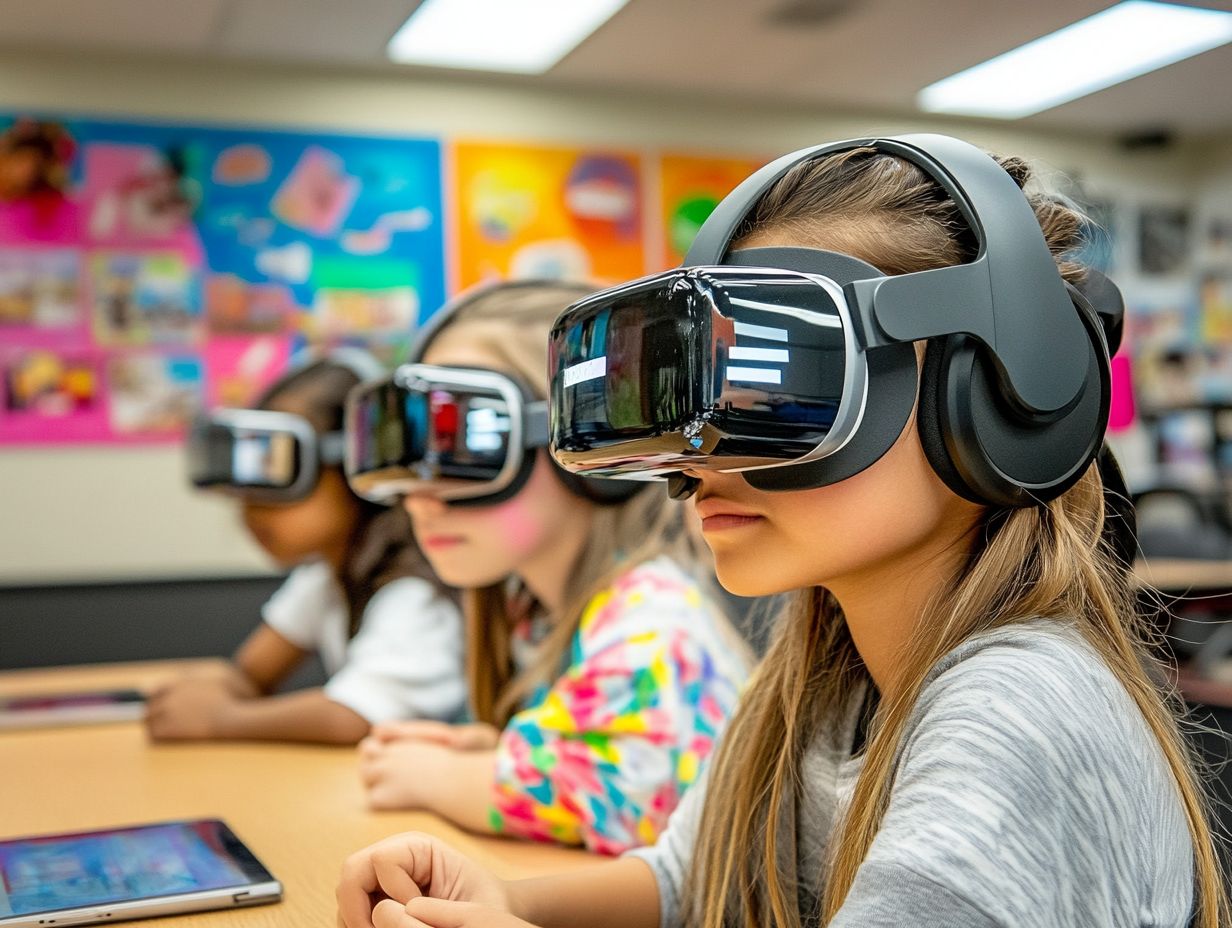
Immersive technology enhances engagement and retention in language learning through interactive and realistic experiences, highlighting the role of technology in language learning.
Real-world application and cultural understanding are promoted through immersive technology, leading to a more comprehensive language learning experience.
The implementation of immersive technology requires careful planning and best practices to ensure effectiveness and personalization for learners.
Defining Immersive Technology
Immersive technology refers to a range of digital tools designed to create interactive environments, providing dynamic and engaging learning experiences. This category includes VR, AR, mixed reality (MR), and AI.
Integrating these innovations into language learning can significantly enhance your educational journey. Imagine stepping into realistic scenarios where you develop language skills within immersive worlds, ensuring that your acquisition process is both effective and engaging.
Beyond VR and AR, MR seamlessly merges real-world and digital elements, offering unique interactive opportunities. These tools extend beyond education; they impact fields like healthcare, manufacturing, and entertainment, fundamentally transforming how individuals interact with content.
For instance, in medical training, VR simulations allow practice of surgical procedures in lifelike scenarios without any risk. AR enhances language classes by overlaying real-world objects with translations or additional information, enriching the learning context and making lessons more relatable.
The Benefits of Immersive Technology in Language Learning
The integration of immersive technology in your language learning journey offers numerous benefits, notably increased engagement and improved vocabulary retention both essential for mastering a new language.
Interactive tools like VR and AR transform language practice into a captivating experience, allowing exploration of foreign languages in real-world contexts. This immersive approach deepens understanding and fosters collaborative learning, facilitating immediate feedback from instructors.
Enhanced Engagement and Retention
One standout benefit of immersive technology is its ability to boost engagement and improve vocabulary retention.
By immersing yourself in interactive environments, you can engage in learning experiences that cater to your unique preferences, actively practicing language skills with immediate feedback. This method not only makes learning enjoyable but also accelerates your acquisition process.
Imagine virtual field trips that let you explore new cultures, enriching your understanding of the language. Role-playing scenarios simulate real-life conversations, building confidence and encouraging vocabulary use in context.
The immediate feedback mechanism in these scenarios is invaluable. It provides instant insights into your performance, reinforcing correct usage while swiftly addressing errors. This timely reinforcement solidifies vocabulary retention, ensuring effective application and leading to enhanced learning outcomes.
Real-world Application and Cultural Understanding
Immersive technology gives you the power to apply your language skills in real-world contexts, enhancing your cultural understanding and overall fluency.
By simulating engaging scenarios like virtual conversations with native speakers or exploring foreign cultures through augmented reality you gain valuable insights and practical language skills essential for effective communication.
This experiential learning enriches your language practice and builds your confidence. Advanced technologies create environments for practicing vocabulary relevant to different cultures, whether it’s ordering food in a caf or participating in local festivals.
Tools like virtual reality headsets or mobile apps with AR features breathe life into language learning, allowing you to not only hear a language but also see, feel, and experience it firsthand.
Incorporating game-like elements makes these environments engaging, transforming traditional learning into thrilling adventures. As you navigate these scenarios, you cultivate a deeper appreciation for the nuances, idioms, and social norms often overlooked in conventional classrooms.
Types of Immersive Technology Used in Language Learning
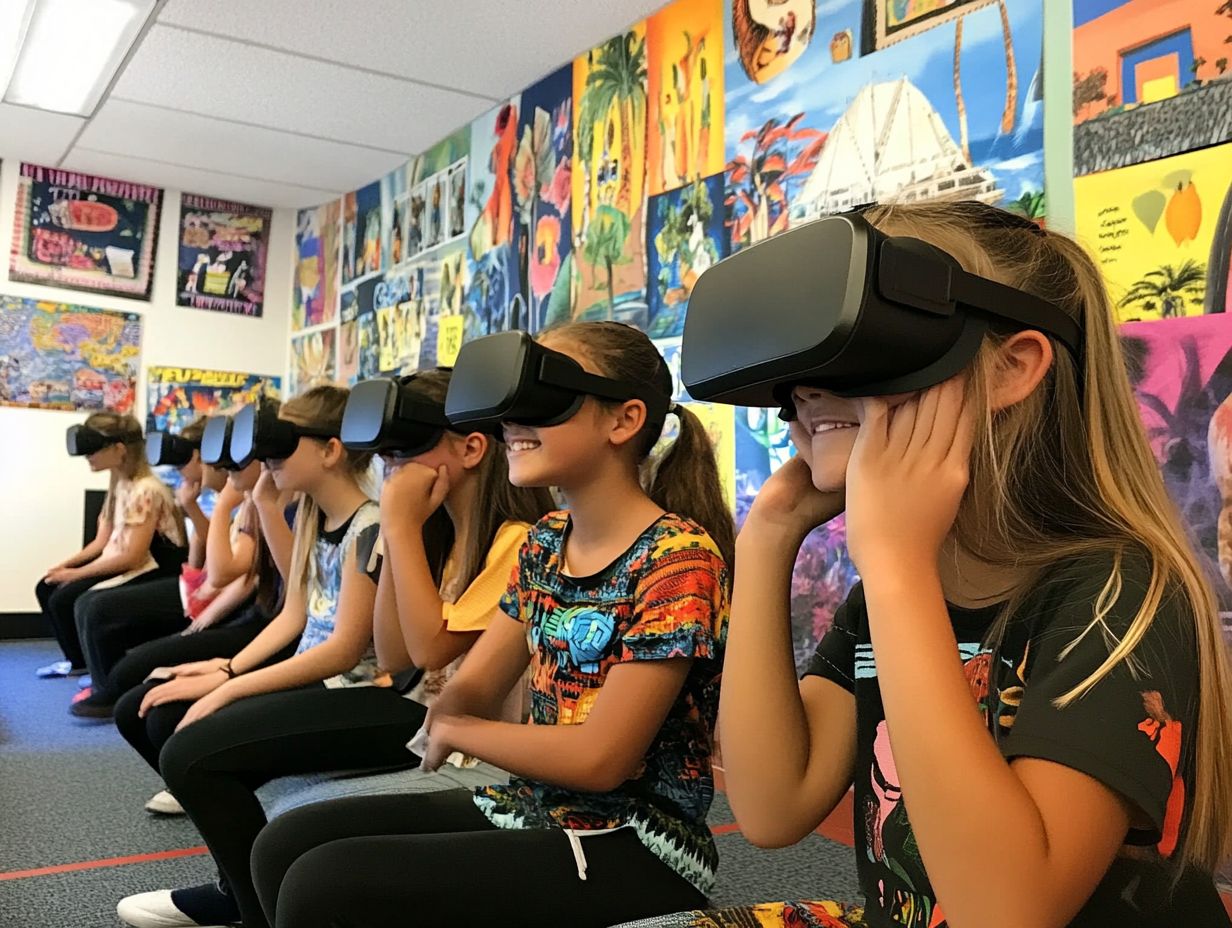
The landscape of immersive technology in language learning presents several key types, each providing distinct advantages that elevate the educational experience.
With virtual reality (VR), you can step into fully immersive environments that transport you to diverse settings, enriching your learning journey.
On the other hand, augmented reality (AR) overlays digital information onto your real-world surroundings, enabling you to engage interactively with your environment.
Language learning apps now integrate immersive elements to gamify and elevate the learning process, making educational technology not only more accessible but also remarkably engaging for you.
Virtual Reality
Virtual reality (VR) stands as a pinnacle of immersive technology, offering exceptional opportunities for language immersion through interactive and lifelike experiences.
With platforms like Oculus Rift and HTC Vive, you can dive into virtual environments that simulate real-life conversations and situations, allowing you to practice your language skills in a safe and encouraging space.
This kind of immersion drastically enhances vocabulary retention and overall learning outcomes. Take, for example, applications like Mondly VR and Immersive VR Education. They enable you to converse with virtual avatars, effectively bridging the gap between textbook knowledge and real-world application.
These experiences replicate everyday interactions like ordering a meal at a caf or asking for directions making your learning journey both engaging and pertinent.
VR environments also cater to various proficiency levels, ensuring you face personalized challenges that foster growth. As you explore these digital realms, you ll receive instant feedback, crucial for honing your pronunciation and conversational fluidity.
This makes VR a game-changer in how we learn languages today!
Augmented Reality
Augmented reality (AR) represents a remarkable leap in immersive technology, transforming traditional language learning into an engaging and interactive experience that holds your attention.
With AR applications at your fingertips, you can step into immersive worlds that enhance your surroundings, grasping vocabulary and cultural contexts through dynamic visual content.
This technology invites you to explore language in groundbreaking ways, elevating your educational journey. Take, for example, tools like Google Translate s AR feature, which lets you point your device at text in a foreign language and instantly see the translated version it s like having a personal translator in your pocket.
Additionally, applications such as Mondly craft real-life scenarios, giving you the chance to practice speaking and listening in environments that mimic genuine conversations.
By integrating visual aids with audio feedback, these AR tools deepen your understanding of pronunciation and context. Moreover, platforms like Zappar introduce gamified learning experiences, motivating you to explore vocabulary through interactive challenges that enhance retention while keeping you engaged and excited about learning.
Language Learning Apps
Language learning apps are now incredibly popular. They serve as your go-to tools for mastering new languages.
These apps offer a personalized approach to language acquisition. You can enjoy engaging exercises and receive real-time feedback on your progress.
Consider apps that use a technology that overlays digital information onto the real world. This makes learning more intuitive and enjoyable.
Platforms like Duolingo and Rosetta Stone use game-like elements to keep you motivated. They encourage daily practice with rewards and challenges.
With voice recognition technology, you can refine your pronunciation instantly. This makes your language learning journey an exciting adventure!
Implementing Immersive Technology in Language Learning
Implementing immersive technology in language learning requires careful planning. Focus on best practices that align with educational objectives.
Design your curriculum around immersive experiences. This approach helps you achieve better learning outcomes.
- Integrate virtual reality (VR) and a technology that overlays digital information onto the real world into your lessons.
- Create engaging interactive exercises.
- Use online platforms that enhance immersive learning.
These strategies enrich the learning experience. They foster deeper engagement and understanding among students.
Unlocking Success: Best Practices for Language Learning
Applying effective strategies in language education is vital. Recognizing different learning preferences allows for collaborative environments.
Incorporate various immersive tools, like virtual reality applications and gamified learning platforms, to cater to all learners. Group students for small projects to encourage peer interaction.
Implement regular feedback sessions to enhance individual learning. This helps adjust teaching strategies and ensures everyone benefits from technology.
Challenges of Immersive Technology
While immersive technology has many advantages, we must also consider its challenges. Factors like cost and accessibility can hinder widespread adoption.
It s also important to evaluate whether these immersive experiences meet individual learning needs. Addressing these considerations is essential for effective implementation.
Start your language learning adventure today!
Cost and Accessibility
The cost and accessibility of technology that makes learning more engaging and realistic can present significant obstacles to its adoption in language education. Investing in hardware like VR headsets and AR devices can be costly. Ongoing software updates and technical support can further strain your budget, especially if you re in an underserved educational institution.
Reliable online platforms and internet connectivity are crucial for making the most of these technologies. These challenges often create a digital divide, leaving only well-funded schools able to fully leverage the advantages of immersive tools.
Training educators to effectively use these technologies adds another layer of complexity. Many teachers may lack the necessary skills or resources.
To tackle these financial and accessibility issues, consider collaborative initiatives that involve public-private partnerships. Grants and subsidies specifically targeting educational institutions could help lighten the financial load. Community tech hubs might provide shared access to equipment, bridging the gap for those without individual resources.
Effectiveness and Personalization
Assessing the effectiveness of immersive technology in language learning is crucial for meeting your diverse needs as a learner. While many immersive scenarios enhance language practice, the level of personalization can vary significantly across different platforms.
It s essential to receive detailed feedback and support tailored to your specific requirements. This maximizes the benefits of these immersive experiences. Picture a vibrant world that adapts just for you. It s not just engaging; it deepens your understanding.
Personalized feedback is vital in this journey, guiding you and pinpointing areas that need further attention. In these tailored learning spaces, a one-size-fits-all approach often underdelivers. You need diverse methodologies and customizable pathways that truly resonate with you.
By integrating feedback mechanisms that respond to your progress, the effectiveness of immersive technology can be significantly enhanced. This leads not just to skill acquisition but also to newfound confidence in your language usage.
Frequently Asked Questions
-
Q1. What is the role of immersive technology in language learning?
Immersive technology, such as virtual and augmented reality, allows learners to use virtual reality for language learning immersion to practice and improve their language skills.
-
Q2. How does immersive technology enhance language learning?
This technology provides learners with a realistic and interactive learning experience that can improve their listening, speaking, and comprehension skills.
-
Q3. Can immersive technology be used in all language learning settings?
Yes, it can be used in various language learning settings, including classrooms, language labs, and online courses.
-
Q4. Are there any limitations to using immersive technology in language learning?
While it offers many advantages, it may not be accessible or affordable for all learners. It may not suit all language levels or learning styles.
-
Q5. How can teachers incorporate immersive technology into their language lessons?
Teachers can use this technology as a supplement to traditional teaching methods, allowing students to practice their language skills in a more engaging and interactive manner.
-
Q6. Can immersive technology be used for learning any language?
Yes, it can be used for learning any language, as long as there are appropriate resources and materials available in that language.
